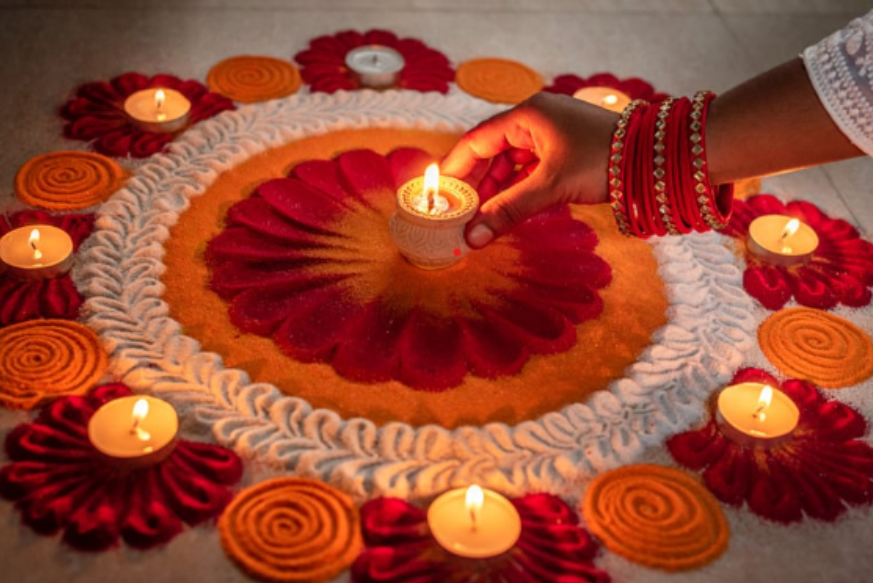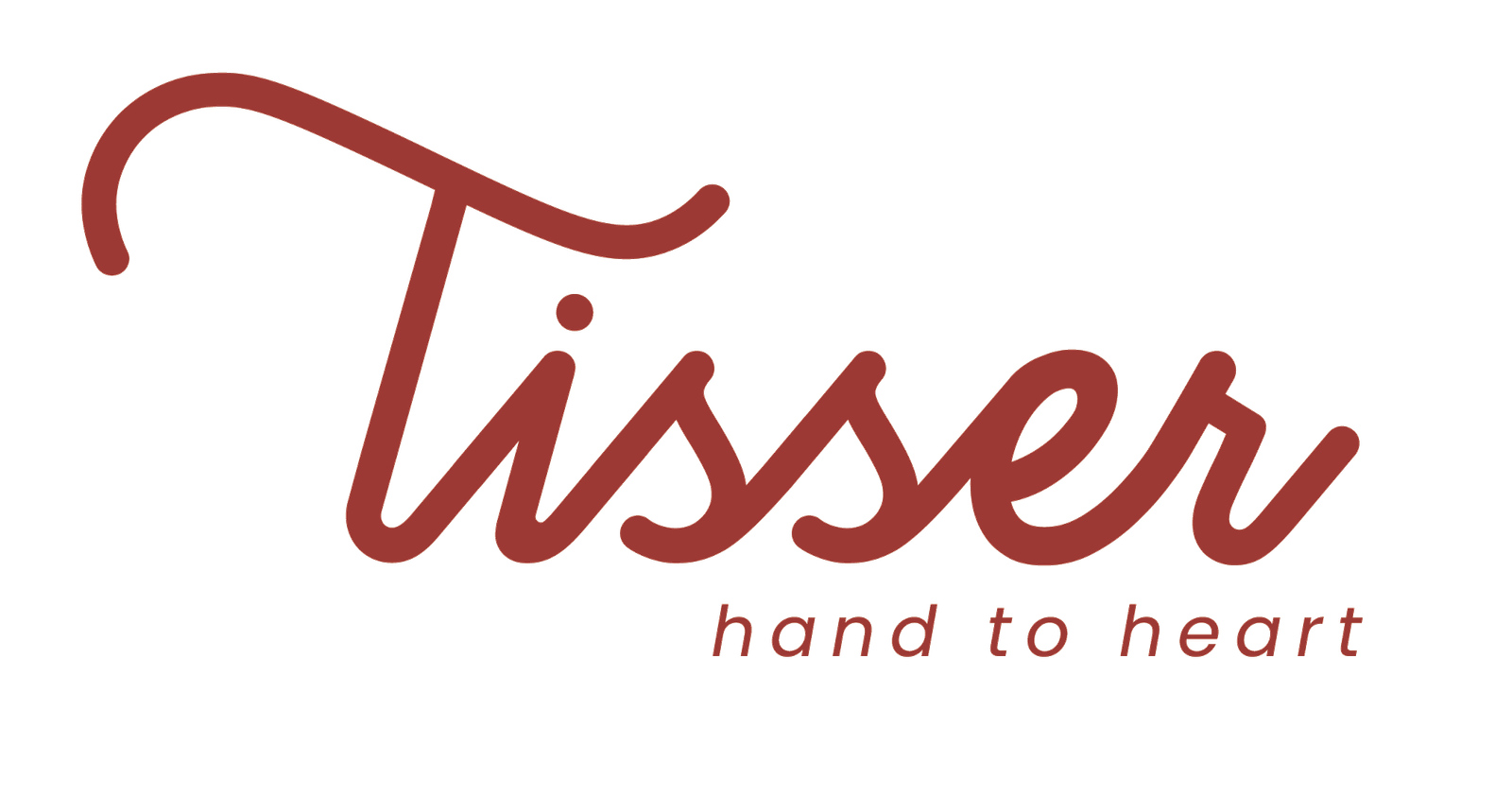Diwali, the Festival of Lights, is not only a celebration of joy and prosperity but also a significant economic driver in India. One of the key contributors to this economic boost is the vibrant world of handicrafts. India’s rich heritage of artisanal skills has been passed down through generations, and during Diwali, these skills come to life, creating a festive atmosphere and supporting countless livelihoods.

The Economic Significance of Handicrafts
Handicrafts have a profound impact on the Indian economy in several ways:
Job Creation: The handicraft industry provides employment opportunities for millions of people, particularly in rural areas. Artisans, skilled craftsmen, and laborers are involved in various stages of production, from raw material sourcing to finished product creation.
Rural Development: Handicrafts play a crucial role in rural development. By providing alternative sources of income to agriculture, they help reduce poverty and improve the quality of life for rural communities.
Export Potential: Indian handicrafts have a global appeal, and their export contributes significantly to the country’s foreign exchange earnings. The unique designs, intricate craftsmanship, and cultural heritage associated with Indian handicrafts make them highly sought after in international markets.
Preservation of Cultural Heritage: Handicrafts are an integral part of India’s cultural heritage. By supporting artisans and their traditions, we help preserve our rich cultural tapestry for future generations.
The Role of Handicrafts During Diwali
Diwali is a peak season for the handicraft industry. The festive atmosphere creates a surge in demand for various handcrafted items, such as:
Decorations: Diyas, rangoli, lanterns, and torans are essential elements of Diwali decor, and artisans work tirelessly to meet the high demand.
Gifts: Handcrafted items like jewelry, textiles, pottery, and wooden artifacts make popular and meaningful gifts during Diwali.
Religious Items: Items used in Diwali rituals, such as idols, puja thalis, and incense holders, are also in high demand.
Challenges and Opportunities
Despite their economic significance, the handicraft industry faces several challenges, including:
Competition from Mass-Produced Goods: The availability of cheaper, mass-produced goods can pose a threat to traditional handicrafts.
Lack of Access to Markets: Artisans often struggle to reach larger markets and customers, limiting their sales potential.
Limited Access to Finance: Lack of access to adequate financing can hinder the growth and development of handicraft businesses.
However, there are also significant opportunities for the growth of the handicraft industry:
E-commerce: Online platforms can provide artisans with a wider reach and access to global markets.
Sustainable Practices: Adopting sustainable practices and using eco-friendly materials can enhance the appeal of handicrafts and attract environmentally conscious consumers.
Skill Development and Training: Investing in skill development and training programs can help artisans improve their techniques and create higher-quality products.
In essence,Handicrafts are not only a source of economic prosperity but also a reflection of India’s rich cultural heritage. During Diwali, the demand for handcrafted items reaches its peak, providing a significant boost to the economy and supporting countless livelihoods. By addressing the challenges faced by the industry and harnessing the available opportunities, India can further strengthen its position as a global leader in handicrafts and ensure a sustainable future for its artisans.
Buy exclusive handicrafts for Diwali here : Tisser India – Hand to Heart
Learn more: https://www.instagram.com/tisserindia/?hl=en









